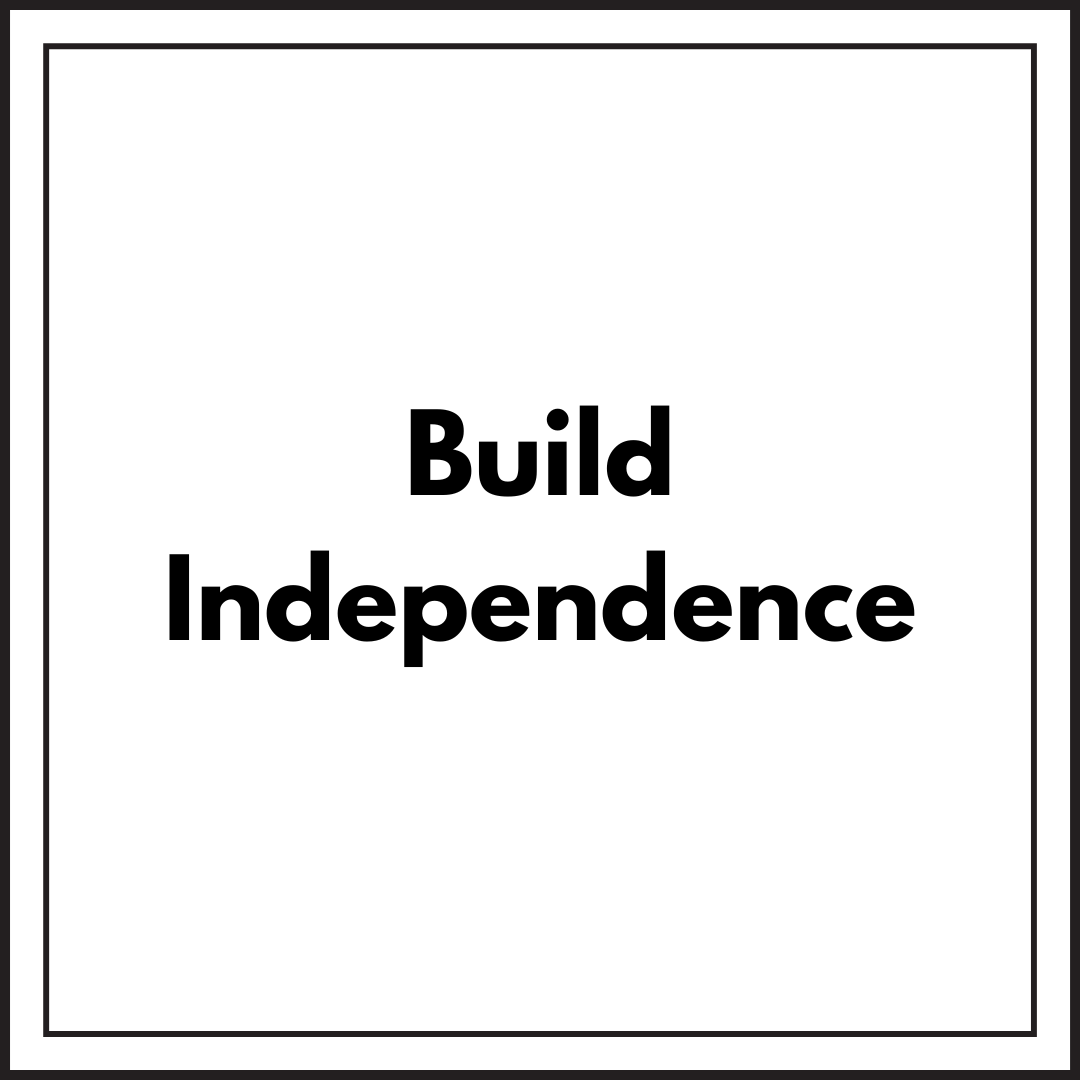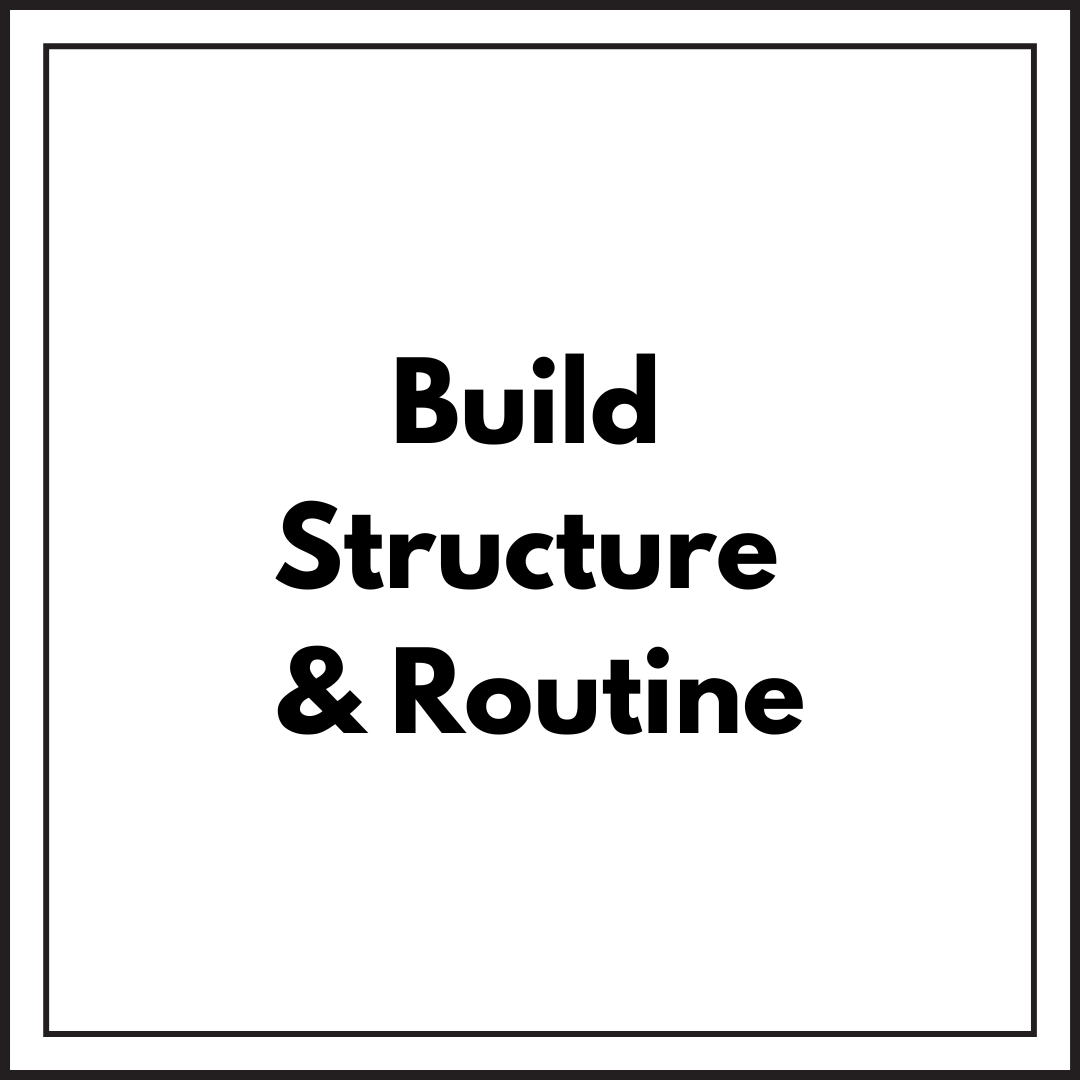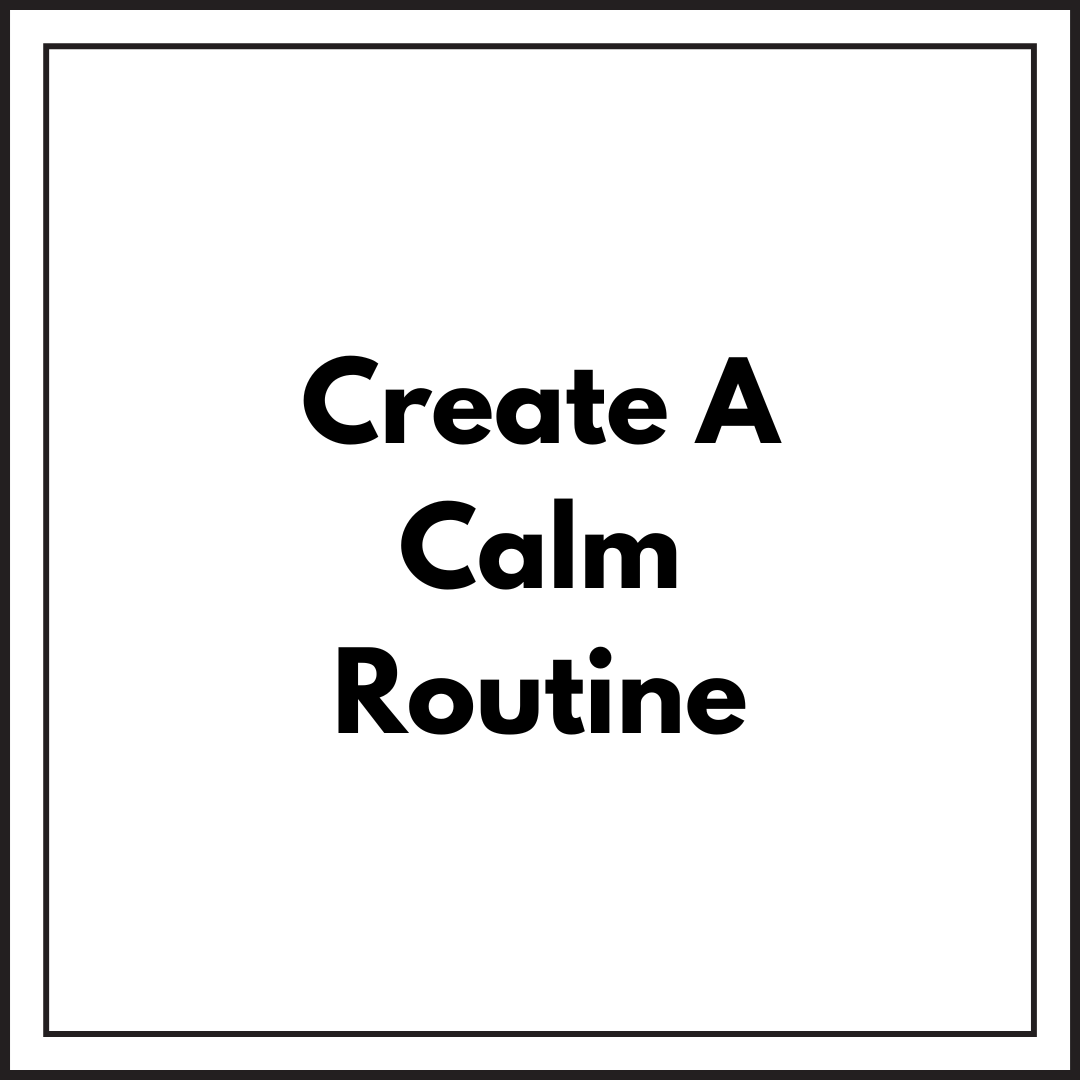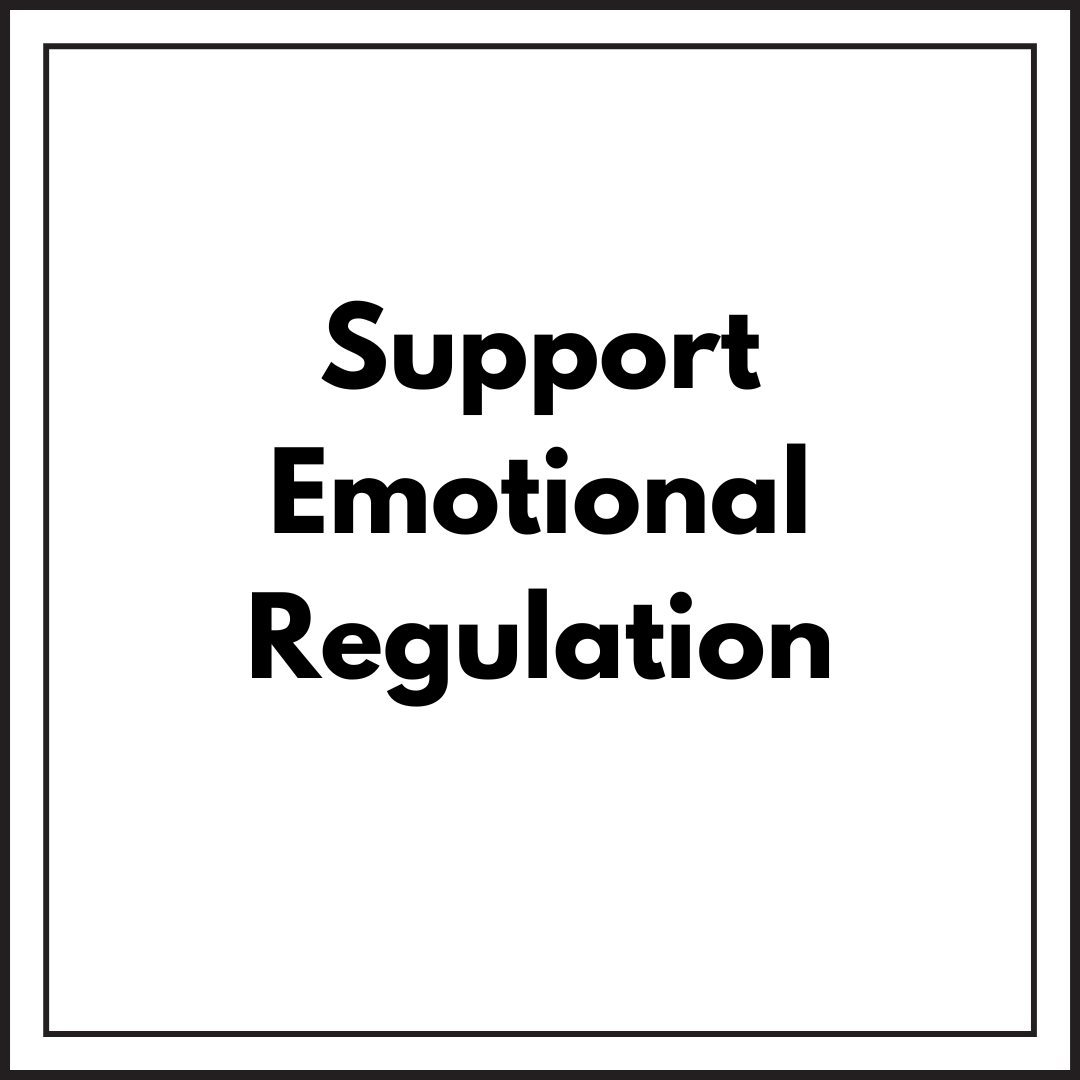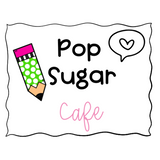
· By Elizabeth Muncey
📝 Behavior Reflection Sheets for Elementary Students: A Powerful Tool for Growth
📌 Why Behavior Reflection Sheets Matters
Behavior challenges are common in elementary school.
Whether a student talks out of turn, struggles with emotional regulation, or has difficulty following routines, these moments can be used as opportunities for growth.
Instead of relying solely on consequences or punitive systems, more educators and parents are turning to behavior reflection sheets or behavior think sheets—simple but powerful tools that encourage children to think, feel, and learn from their actions.
🧠 What Are Behavior Reflection Sheets?
Behavior reflection sheets (sometimes called a behavior think sheet or student behavior form) is a short, structured worksheet that asks students to reflect on a specific behavior incident. These sheets help kids pause, identify what happened, and make a plan for next time.
Most sheets include:
A description of the incident
The student’s feelings and thoughts
What rules or expectations were not met
What they can do differently next time
An opportunity to apologize or repair
For younger students, these often include visual supports, feelings charts, or multiple-choice responses.
🏫 When to Use a Behavior Reflection Sheet
Reflection sheets can be used in both the classroom and at home. They are especially helpful when:
A student breaks a class rule
There is a conflict with another student
A child shows signs of emotional dysregulation
A student needs a break and time to cool down
A parent or teacher wants to support self-awareness and accountability
Importantly, they should not be used as a punishment—but rather as a teaching tool to support social-emotional development.
🌈 Benefits of Using Reflection Sheets for Kids
Behavior reflection sheets are more than just paperwork. When used consistently and with empathy, they support a range of developmental goals:
✅ 1. Builds Emotional Vocabulary
Children learn to name and express emotions such as frustration, sadness, or excitement. This improves their emotional regulation skills over time.
✅ 2. Teaches Cause and Effect
Kids learn that actions have consequences—not just in terms of punishment, but in how they impact others.
✅ 3. Encourages Accountability
Reflection sheets help children take ownership of their actions and begin thinking about how to repair harm.
✅ 4. Supports Executive Function
Reflection encourages planning, self-monitoring, and flexible thinking—all critical executive function skills, especially for kids with ADHD or Autism.
✅ 5. Fosters Home-School Communication
Many teachers send these sheets home, allowing parents to discuss behavior and reinforce growth strategies in a supportive way.
✨ Real-World Example: How It Works
Scenario:
A 3rd-grade student, Elijah, had difficulty during group work. He became frustrated when peers didn’t follow his ideas and ended up yelling and walking away.Instead of a timeout alone, his teacher invited him to the calm-down corner and offered a behavior reflection sheet with visuals. Elijah circled that he felt “angry,” drew a picture of what happened, and chose from a list of “next time” strategies like “ask for help” and “take deep breaths.”
He then reviewed the behavior reflection sheets with his teacher and rejoined the group, using a coping strategy they discussed.
Outcome:
Instead of shame, Elijah felt heard—and practiced new skills for future success.
🧾 What to Include on a Behavior Reflection Sheets
Whether you're designing your own or downloading a printable, here are common elements that make these sheets effective:
✍️ Basic Sections
What happened?
What were you feeling at the time?
What rule did you break or forget?
How did your behavior affect others?
What can you do next time?
🎨 For Younger Students
Feelings chart with emojis or visuals
Yes/no checkboxes or multiple choice
Drawing space
Sentence starters like “Next time I will…”
🌟 For Older Students
Open-ended questions
Reflection on personal goals or behavior patterns
Space for teacher or parent comments
Self-rating scales (1–5 for behavior or effort)
🧩 Behavior Reflection Sheets and Neurodivergent Students
Reflection sheets are especially helpful for students with ADHD, Autism, or emotional regulation challenges. But these students may need:
Extra time to process the event
A safe, quiet space to complete the sheet
Visual supports or simplified language
Guided discussion with a trusted adult after filling it out
For these learners, behavior reflection becomes not just about correcting a behavior—but about building lifelong emotional intelligence.
💡 Tips for Using Behavior Reflection Sheets Effectively
Stay neutral and calm.
Avoid using the sheet as punishment. Focus on learning and problem-solving.
Build it into your routine.
Keep sheets in the calm-down corner, behavior binder, or student folders.
Follow up.
Have a quick conversation after the student finishes. Review the sheet together and celebrate growth.
Involve parents when needed.
Send the sheet home with a note or use it in parent-teacher conferences.
Differentiate by age and need.
Use pictures for K–2, and more detailed prompts for grades 3–5.
📥 Free Download: Printable Behavior Reflection Sheets
Want to get started? Download our free behavior reflection sheets designed for elementary students! It includes:
Visuals for feelings
Space to draw or write
Simple language for young learners
Teacher follow-up section
👉 Click here to download your free printable behavior reflection sheet
👩🏫 Final Thoughts
When it comes to supporting social-emotional learning and positive choices in young children, behavior reflection sheets for elementary students are a powerful tool. These guided worksheets help students reflect on their actions, recognize how their behavior affects others, and brainstorm better choices for next time. Many teachers and parents use behavior reflection sheets as part of a calm-down corner, after a classroom incident, or during end-of-day check-ins. By giving children a safe, structured way to process their emotions, these tools encourage self-awareness, responsibility, and growth.
Parents often ask about home behavior reflection sheets reviews, wondering if these tools are just for school.
The truth is, behavior reflection sheets elementary students use at school can be just as effective at home.
They bridge the gap between school and home communication while teaching kids to reflect in a non-punitive way.
If you're new to the idea, looking at a my reflection paper example or downloading a printable behavior reflection sheets form elementary teachers use can be a great starting point.
With regular practice, kids begin to internalize these questions—What happened? How did I feel? What can I do differently?—and use them to build healthier habits and stronger relationships.
Behavior reflection sheets aren’t just about discipline—they’re about teaching skills that help students thrive in school and life. By encouraging children to reflect, understand, and grow, you’re planting the seeds of emotional intelligence, responsibility, and resilience.
Whether you’re a teacher, parent, or homeschooler, reflection sheets are a practical, research-backed tool to support your students.
📌 Don’t Miss This!
Explore our full collection of behavior tools, calm-down visuals, and social-emotional printables on our Pop Sugar Cafe
